In-stock products will arrive in 1 to 2 business days
Key Features
✓ Endotoxin Level: Determined by LAL method
✓ Purity: Determined by SDS-PAGE and quantitative densitometry by Coomassie® Blue staining
✓ Biological Activity: Yes
✓ Expression System: E. coli
Need Help Ordering?
Product Details
Storage & Preparation
Data Images
Background
Product Documents
Product Details
| Biological Activity | Determined by in-house activity assay |
| Purity | Determined by SDS-PAGE and quantitative densitometry by Coomassie® Blue staining |
| Endotoxin | Determined by LAL method |
| Expression System | E. coli. |
| Accession Number | P01137 |
| Sequence | Ala279-Ser390, with an N-terminal Met
MALDTNYCFS STEKNCCVRQ LYIDFRKDLG WKWIHEPKGY HANFCLGPCP YIWSLDTQYS KVLALYNQHN PGASAAPCCV PQALEPLPIV YYVGRKPKVE QLSNMIVRSC KCS |
| Molecular Weight | 12.9 kDa (monomer, predicted) |
| Formulation |
Lyophilized from sterile PBS with Trehalose, pH 7.4 |
Storage & Preparation
| Shipping | Shipped at ambient temperature. |
| Stability & Storage |
|
| Reconstitution | Reconstitute at 100 ug/mL in sterile PBS. |
Data Images
Background
| Alternative Names | Transforming Growth Factor beta 1, TGFB, TGFB1, Prepro-Transforming Growth Factor Beta-1, Latency-Associated Peptide, LAP, CED, DPD1 |
| Function | Transforming Growth Factor-beta 1 (TGF-beta 1) is a multifunctional cytokine expressed in virtually all tissue types. Regulation of TGF-beta 1 expression occurs by the proteolytic processing of the preproprotein, where a latent complex consisting of a latency-associated peptide (LAP) homodimer, mature peptide homodimer and latent TGF-beta binding protein (LTBP) form and remain in the extracellular matrix. Interactions with the activation pathway release the mature TGF-beta 1 homodimer that is a ligand for a heterodimeric complex composed of TGF-beta RII and either TGF-beta RI or ALK-1. TGF-beta 1 was initially isolated from platelets where it plays a role in wound healing through proliferation of fibroblasts and activation of pathways for extracellular matrix synthesis of collagens and proteoglycans. TGF-beta 1 is involved in the regulation of the immune response through the induction of Th17 or Treg cells based on concentrations within the microenvironment. |
| Tissue Specificity | TGF-beta 1 expression is almost ubiquitous in all tissue types in concert with the wide-range of functions in wound healing, developmental cell patterning, regulation of epithelial and endothelial tissues, angiogenesis, bone remodeling, neuroprotection, and inflammatory regulation. |
| Cellular Localization | Secreted protein as both a latent protein complex in the extracellular matrix and activated mature protein. |
| Involvement in Disease | TGF-beta 1 plays an important role as a cancer tumor suppressor, however, dysregulation of TGF-beta 1 can promote tumor growth, metastasis and immune evasion that is associated with various cancers, including breast cancer, colorectal cancer, pancreatic cancer, and prostate cancer. Dysregulated TGF-β1 has been implicated in autoimmune diseases such as rheumatoid arthritis, systemic lupus erythematosus, multiple sclerosis, and inflammatory bowel diseases. |
| UniProt | P01137 |
| Gene Symbol | TGFB1 |
| Entrez Gene ID | 7040 |
Product Documents
You may also be interested in related products:
Reviews (no reviews yet)
Only logged in customers who have purchased this product may leave a review.
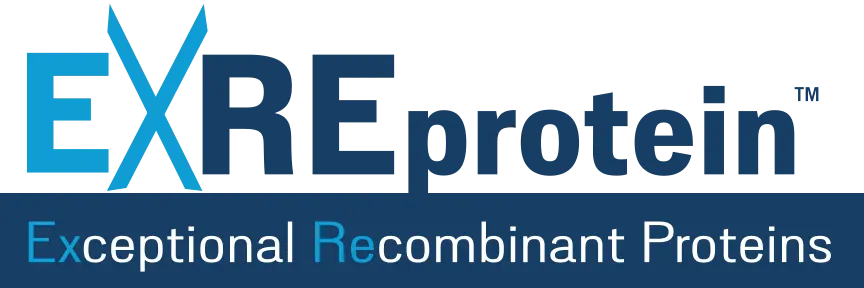


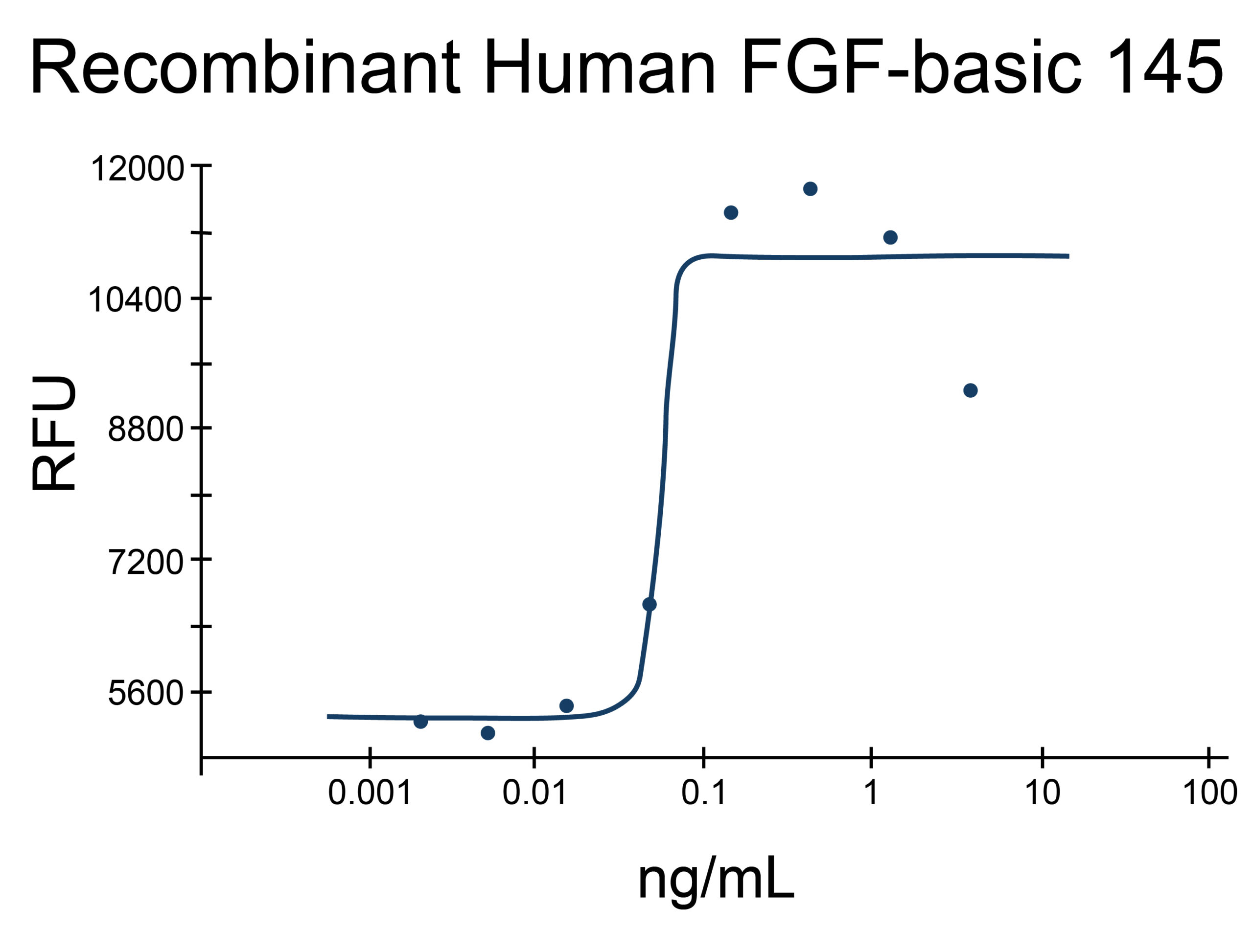
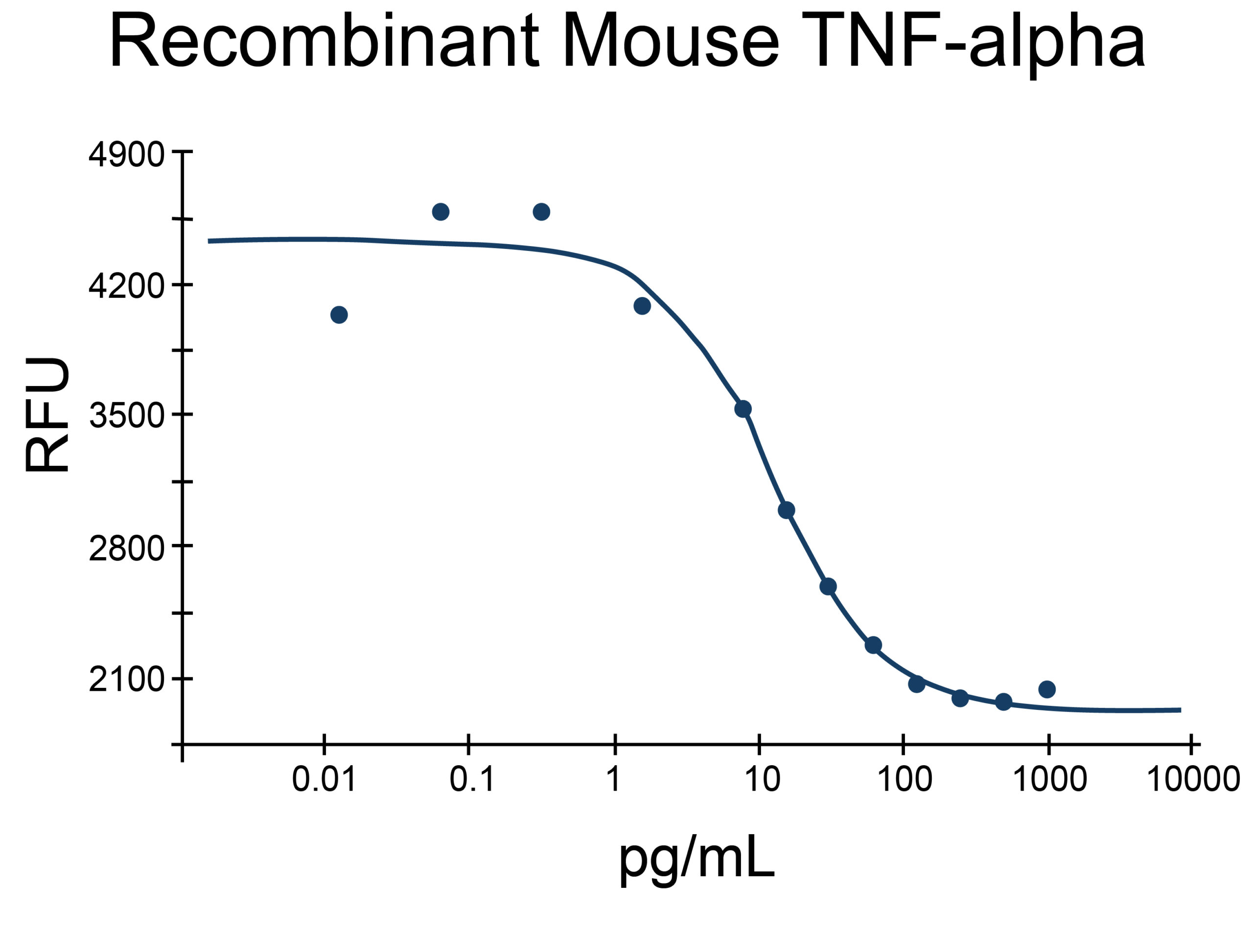
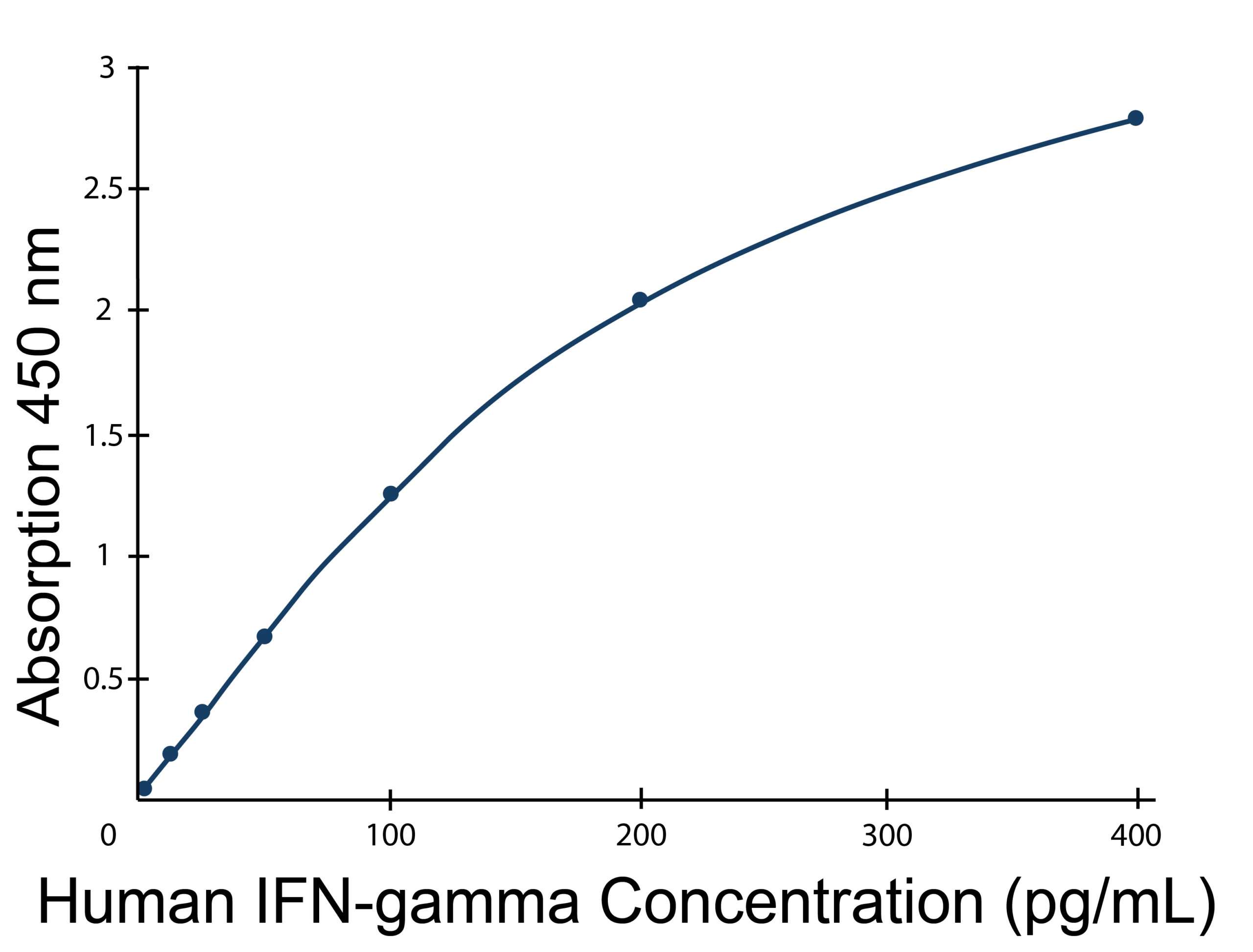
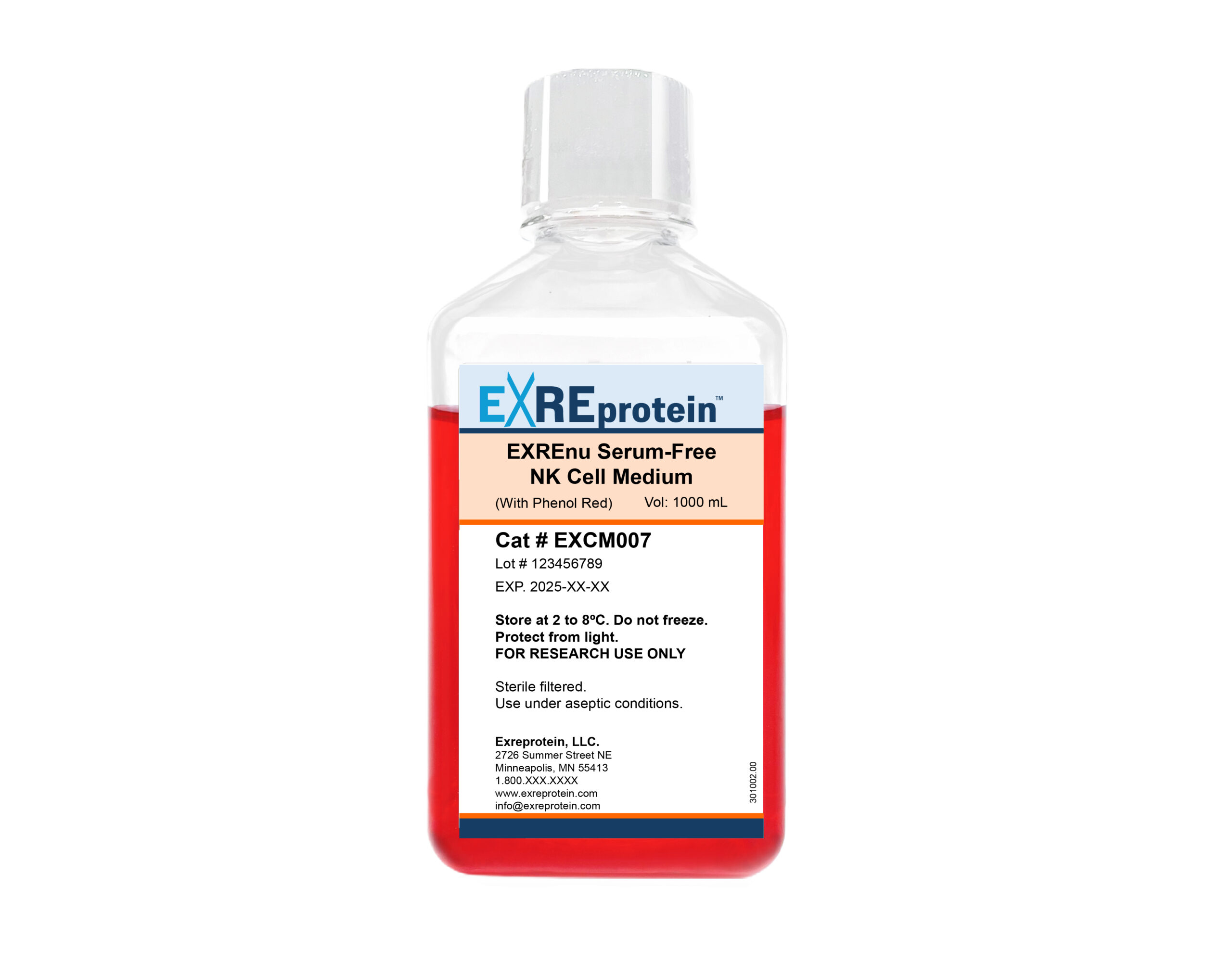
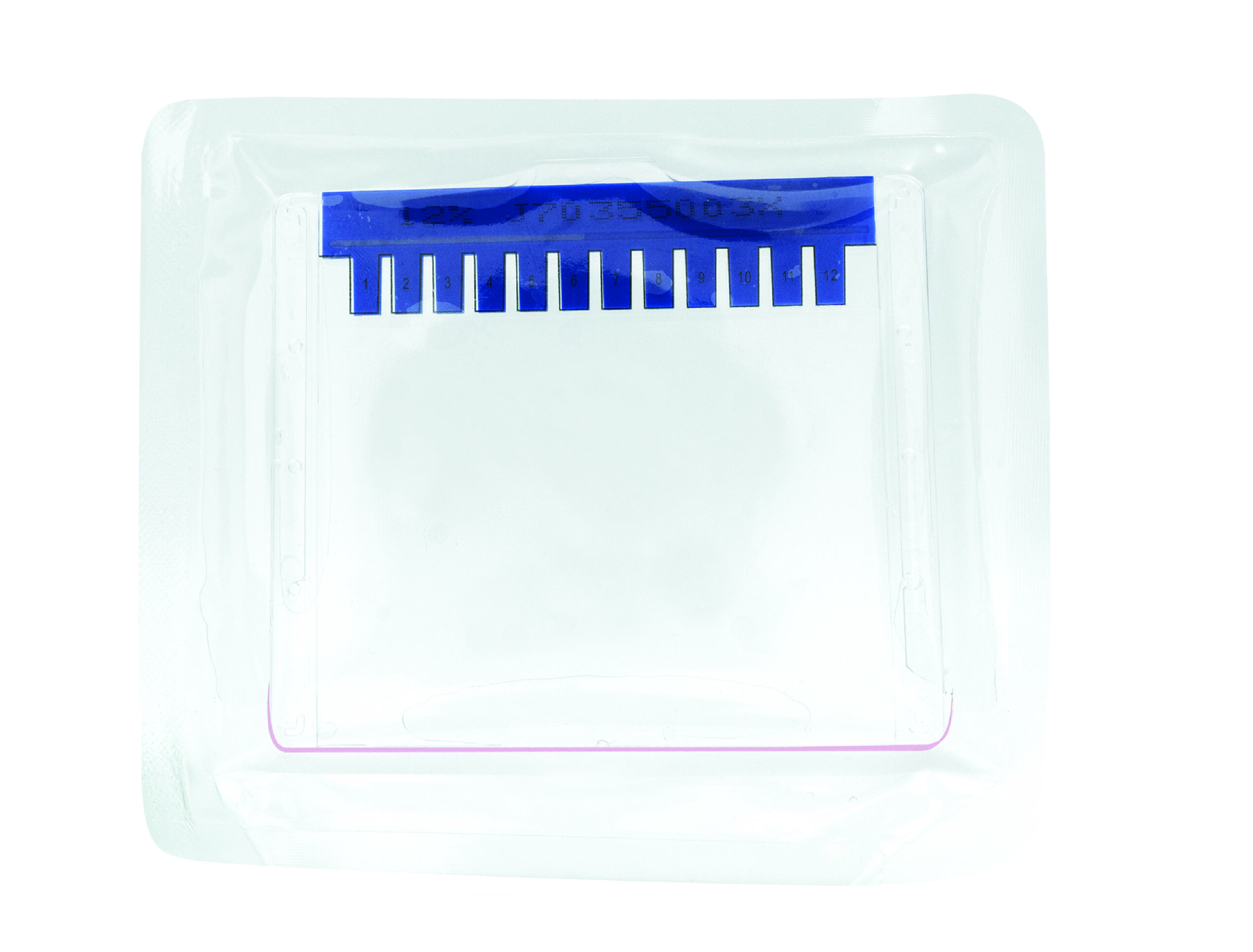
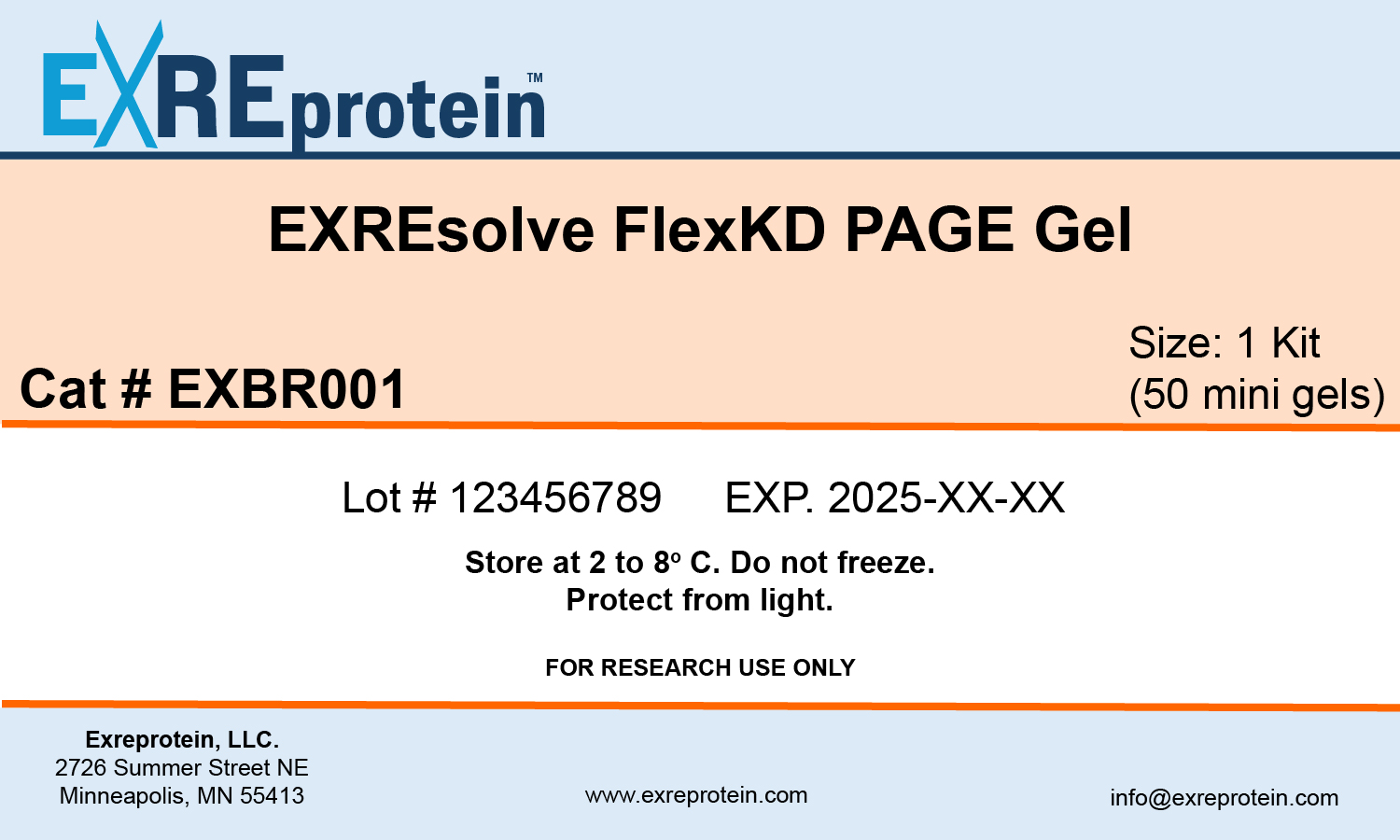
Reviews
There are no reviews yet.